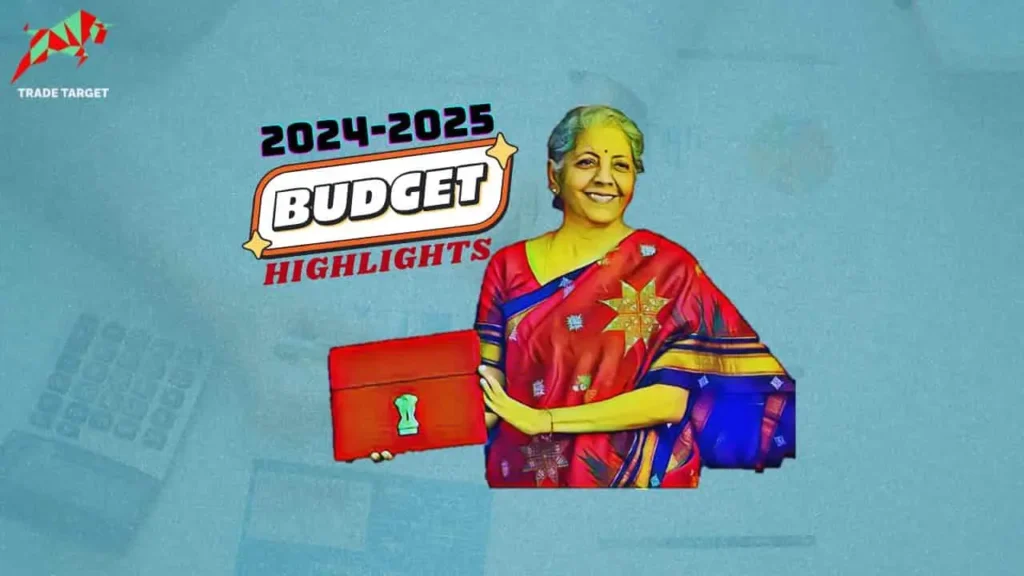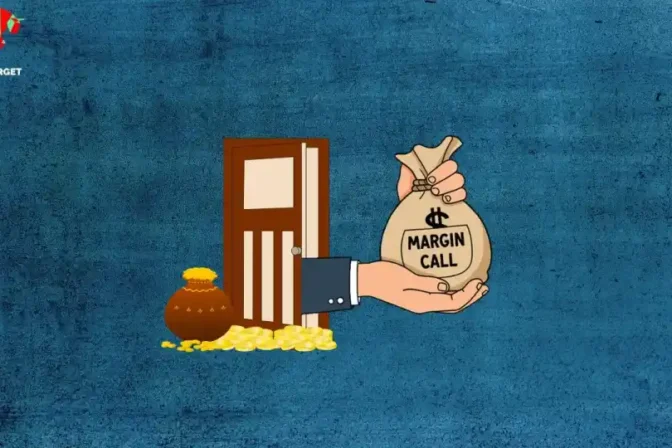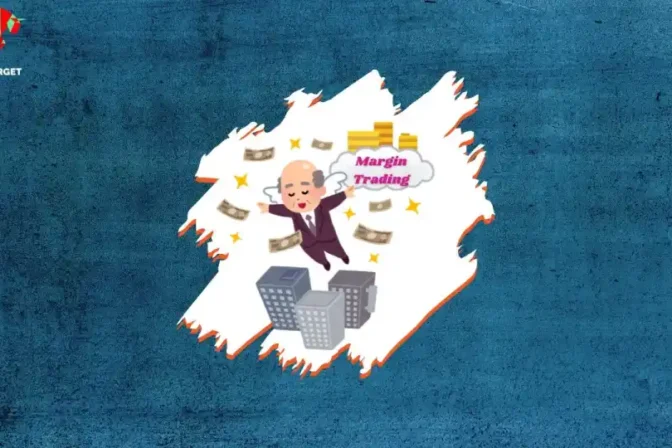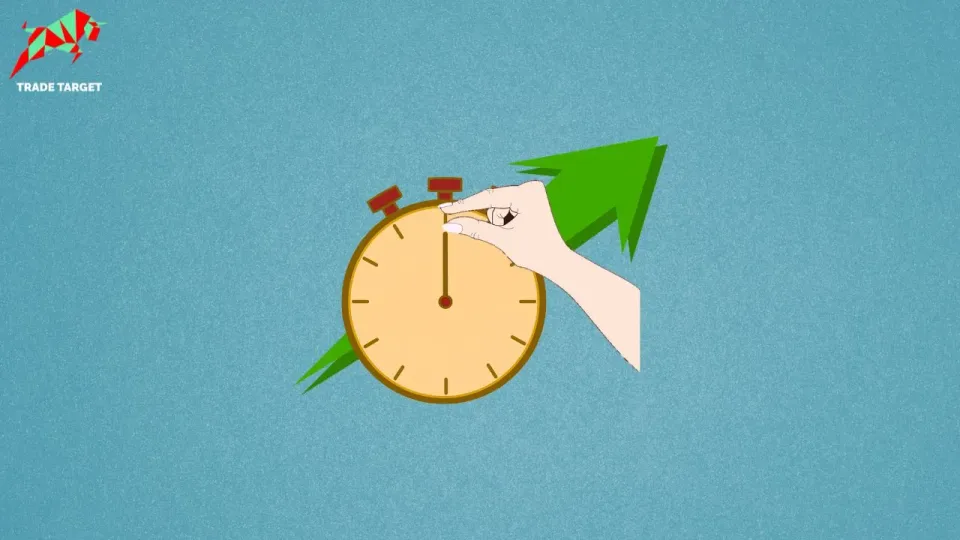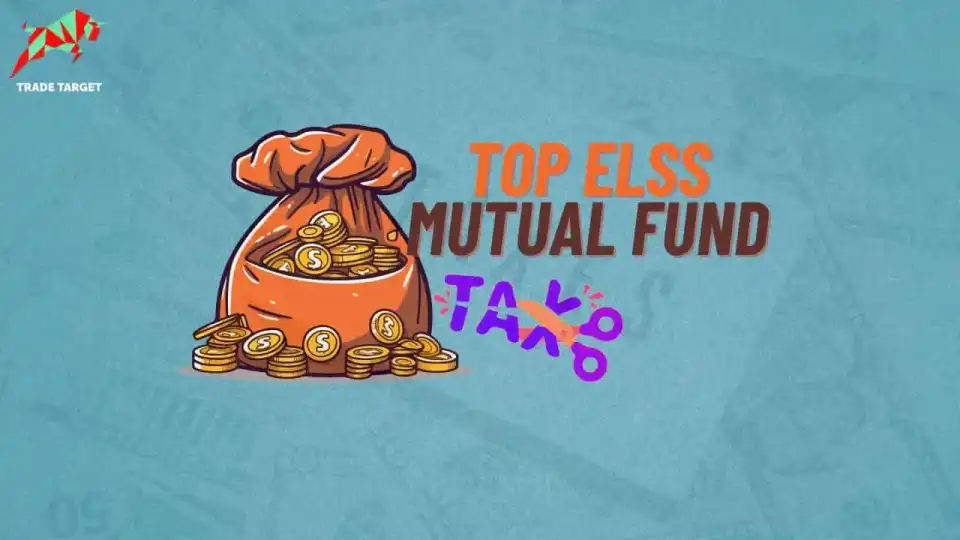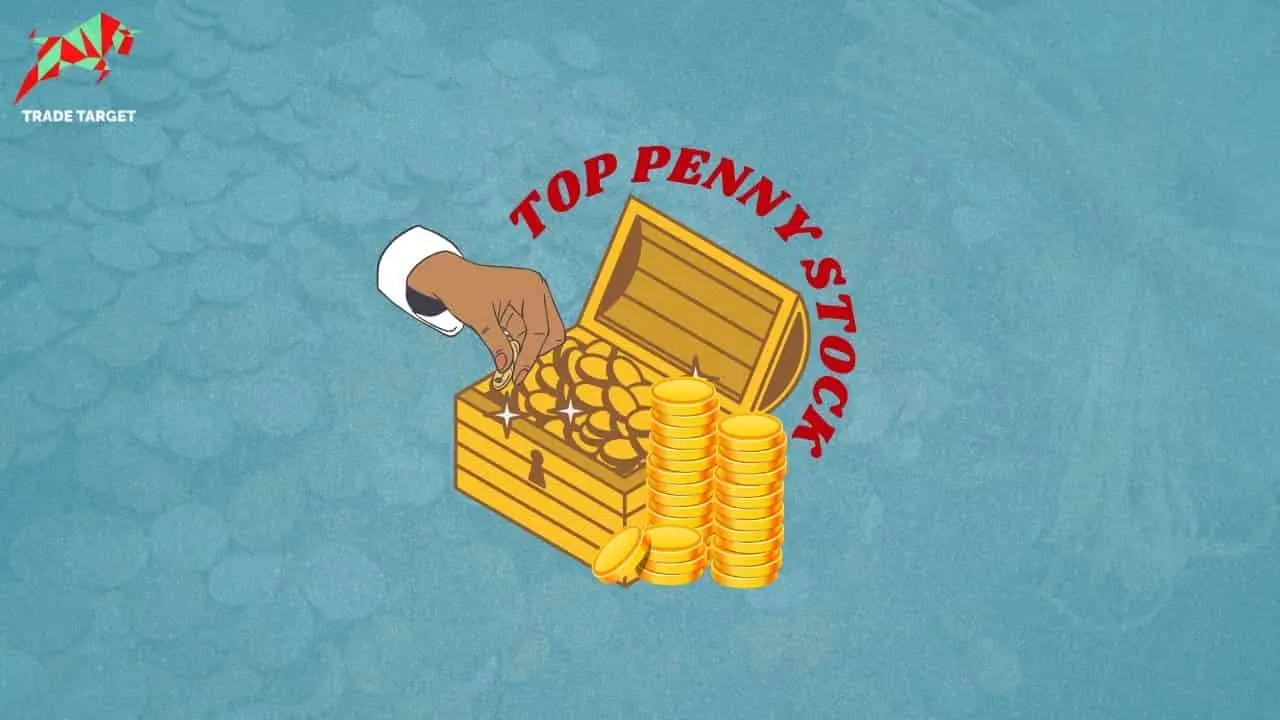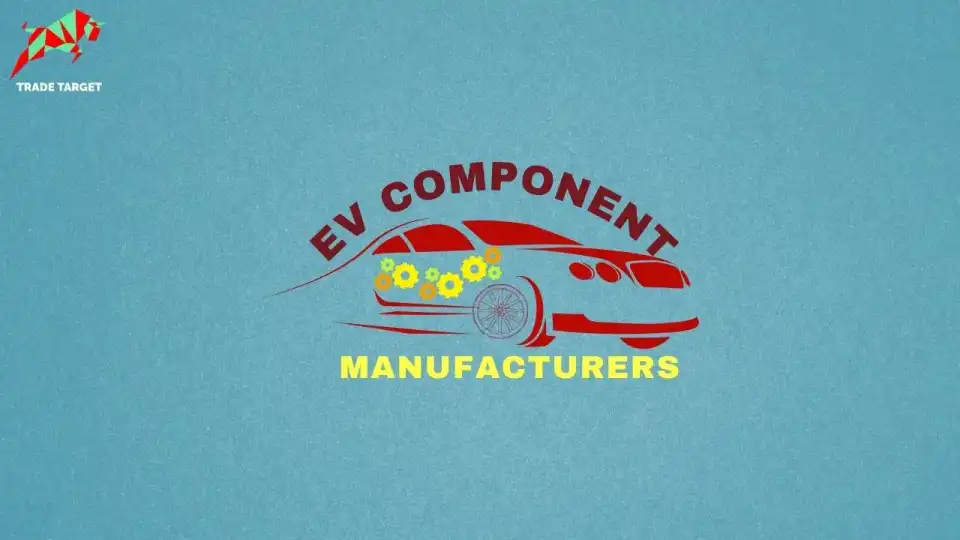Subscribe for real-time financial insights on Trade Target’s WhatsApp Channels
On 1 Feb, Finance Minister Nirmala Sitharaman presented the Interim Union Budget for the fiscal year 2024-25 in Parliament today. This marked her sixth budget and the final one of the current government’s second term led by Prime Minister Narendra Modi.
The full budget will be present in July after the Lok Sabha Elections when the new government takes charge. The budget primarily emphasized fiscal consolidation, infrastructure, agriculture, green growt and railways. However, there were no alterations in tax rates, disappointing many salaried individuals.
For FY25, Fiscal Deficit target was set at 5.1% of the GDP, exceeding expectations and the FY24 target was revised down to 5.8%. Capital expenditure (capex) target for FY25 saw an 11.1% increase to ₹11.1 lakh crore.
In her speech, Sitharaman highlighted the positive transformation in the Indian economy over the past decade. She emphasized the government’s commitment to becoming a developed country by 2047, leveraging the trinity of democracy, demography, and diversity.
Experts praised the budget, noting its focus on strengthening domestic macro factors and fiscal responsibility and highlighted the potential positive impact on foreign investments. The focus on sustained investments in infrastructure, agriculture, and domestic tourism along with a commitment to fiscal responsibility and a lower fiscal deficit, is seen positively.
Now, let's deep dive into the 13 key highlights of the 2024 Budget, covering aspects from income tax to green energy and tourism:
- Income Tax: In her Budget speech, Finance Minister Sitharaman stated, "I do not propose any changes in tax rates in direct and indirect taxes, including import duties." Despite maintaining the current tax regime, she highlighted an achievement, tax collections have more than doubled over the last decade. Furthermore, she pointed out the reduction of the average processing time for tax returns from 93 days in 2013-2014 to 10 days in the latest fiscal year.
- Infrastructure Development: Finance Minister announced an 11.1% increase in the capital expenditure outlay for the next year, amounting to 11.11 lakh crore. This follows a threefold increase in capital expenditure over the past 4 years, leading to a considerable positive impact on economic growth and job creation. The new outlay is 3.4% of the GDP.
- Railways: FM Sitharaman announced the conversion of 40,000 normal rail bogies into Vande Bharat to enhance passenger safety, convenience, and comfort. Key rail infrastructure projects like Metro Rail and Namo Bharat will expand to more cities. Additionally, three major railway corridors – port connectivity, energy-mineral-cement and high traffic density – were introduced. This move aims to high-traffic corridors, improving passenger train operations, safety and travel speed. Sitharaman highlighted that these economic corridors along with dedicated freight corridors, will boost GDP growth and reduce logistic costs. CRISIL noted commodity specific economic rail corridors can alleviate congestion in the eastern part of the country, supporting faster freight movement and reducing logistics costs to enhance competitiveness, particularly in manufacturing.
- 'Lakhpati Didi' Scheme: Finance Minister announced the success of the 'Lakhpati Didi Scheme,' designed to empower two crore women in rural areas. Currently, it has reached 83 lakh self-help groups, benefiting 9 crore women. Due to its impact the target for 'Lakhpati Didi' has been increased from 2 crore to 3 crore. On Independence Day 2023, the Prime Minister introduced the 'Lakhpati Didi' initiative, aiming to encourage women to set up micro-enterprises in their villages. The goal is to provide skill training to women, empowering them to generate an annual income surpassing ₹1 lakh., aiming to uplift their economic status.
- Electricity: FM Nirmala Sitharaman announced a scheme for rooftop solarisation, providing 10 million households with up to 300 units of free electricity each month. Inspired by the Prime Minister's commitment on the day of the consecration of Shri Ram Mandir in Ayodhya, this initiative is expected to save households ₹15,000-18,000 annually through free solar electricity and selling surplus power to distribution companies.
- Green Energy: To achieve the 'net zero' goal by 2070, several steps have been announced. Firstly, there will be support for harnessing offshore wind energy. Secondly, plans include setting up coal gasification and liquefaction capacity to reduce imports of natural gas. Additionally, there will be a gradual blending of compressed biogas in natural gas for transport and domestic use. Lastly, financial help will be provided for getting machinery to collect biomass. These measures represent important strides towards the 2070 'net zero' commitment.
- Electric vehicles: Government is set to boost the electric vehicle (EV) ecosystem by supporting manufacturing and charging infrastructure, according to the finance minister. In a forward-thinking strategy, the 2024-25 Union Budget aims to address the shortage of public charging stations, with a focus on incentivizing and significantly expanding the EV ecosystem. Goal is to overcome range anxiety and promote electric vehicles as a viable, sustainable transport solution for the future. Additionally, the budget encourages the greater adoption of e-buses for public transport networks through payment security mechanisms.
- Tourism: FM Sitharaman announced state encouragement for global development of iconic tourist centers, including branding and a quality-based rating system. States will receive long-term interest-free loans for these projects, which include port connectivity and tourism infrastructure on islands like Lakshadweep. The initiative aims to boost employment along with tourism growth.
- Promoting investments: Finance Minister shared great news about Foreign Direct Investment (FDI). From 2014 to 2023, we saw a whopping $596 billion in FDI, twice the amount from 2005 to 2014. To keep this momentum going, the government is in talks for investment treaties with other countries. The focus is on developing India first, a strategy aimed at boosting our economy through foreign investments.
- Technology: FM Sitharaman mentioned that advancements in technology and data are positively influencing people and businesses. These changes are creating new economic opportunities and making quality services affordable, even for those with limited resources. She announced the creation of a one lakh crore corpus through a fifty-year interest-free loan. This fund aims to support long-term financing or refinancing with extended tenors and low or no interest rates, encouraging the private sector to boost research and innovation in emerging areas.
- Ayushman Bharat: Finance Minister Sitharaman shared that Ayushman Bharat coverage would now include all Anganwadi and Asha workers. Furthermore, she revealed a plan to bring all maternal and child healthcare schemes under one comprehensive program. This decision aims to offer broader health coverage to frontline workers and simplify maternal and child healthcare initiatives for better implementation.
- PM Awas Yojana: Despite the challenges posed by COVID, the government has continued its efforts in implementing the PM Awas Yojana (Grameen), aiming to achieve the target of three crore houses. Finance Minister Sitharaman announced that an additional two crore houses will be undertaken in the next five years to meet the growing need for housing. Pradhan Mantri Awas Yojana (Urban) Mission, Launched on 25 June 2015, aims to ensure housing for all. Originally targeting the construction of 3 crore pucca houses by March 2024, the government is now closer to realizing this goal. The commitment to building an extra 2 crores over the next five years is expected to boost investments and activity in the construction sector, with positive effects on industries like Housing Finance, Cement, Steel, and Paints.
- Agriculture and Food: To boost India's agriculture, Finance Minister Nirmala Sitharaman announced the widespread use of Nano DAP (Liquid) across different agro-climatic zones. This liquid fertilizer by IFFCO contains 8% nitrogen and 16% phosphorus, offering a cost-effective alternative to traditional DAP, which is currently priced at ₹1,350 for a 50 kg bag. Using Nano DAP in liquid form is eco-friendly and encourages farmers to switch to liquid fertilizers, like Nano DAP and liquid urea, promoting natural farming without harming crop production or income.
Share via:

